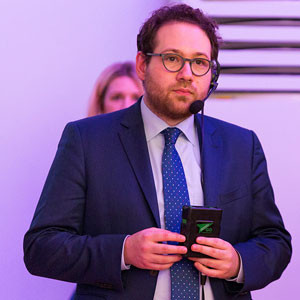Hello.
I recently got feedback saying that my case notes are unorganised, so I'm looking for advice on how to be more organised and structured with my notes + workings when moving through a case?
The interviewer said my verbal explanations of what I was doing were fine, precise + logical. But when he reviewed my notes after the interview, he couldn't follow and cross-check everything we did.
My thoughts were that maybe I should be labelling my workings more? i.e. making sure to add headers and labels on workings, drawing boxes around my notes where appropriate, putting in references (stars, asterixes, numbers etc.) back to the initial framework?
I've realised that when I'm in a case I often have a good 'mental' sense of where I'm going, so I can verbally describe what I'm doing, but I don't do a great job of documenting (writing) my work, so my note paper ends up looking a tad messy.
Any tips to resolve this would be much appreciated!
P.S. I got through to the next round, so bad notes weren't a deal breaker, but I definitely want to improve for the next interview.











